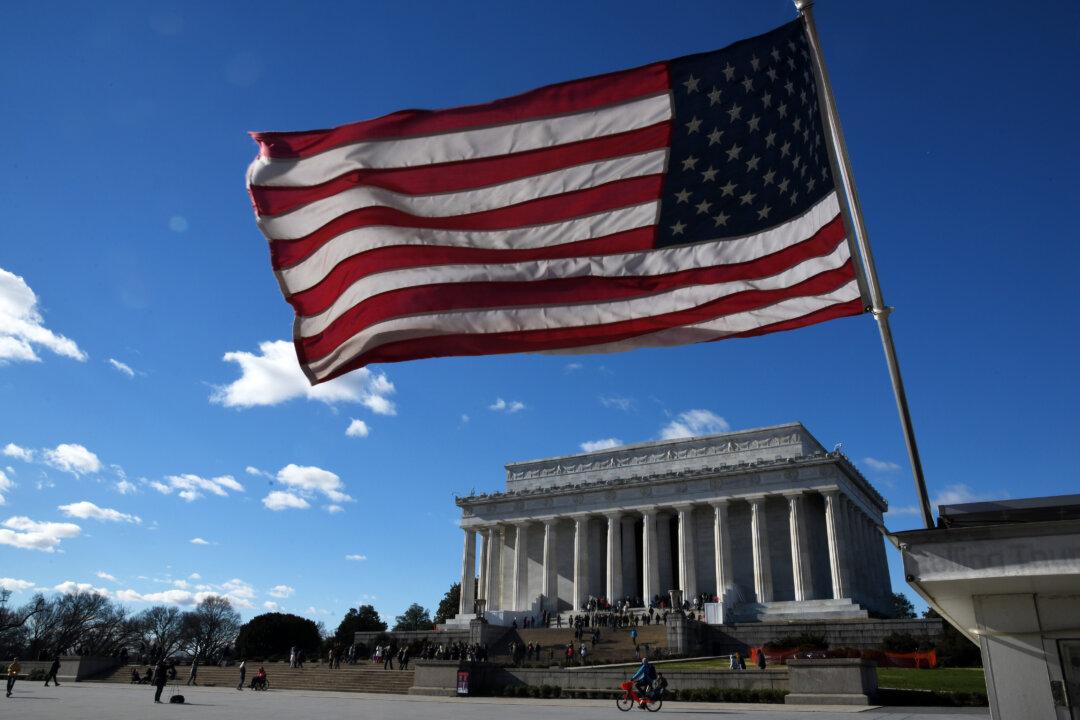Commentary
In November 2023, the late terrorist leader Osama bin Laden’s infamous “Letter to America,” justifying his 2001 attack on the World Trade Center that killed nearly 3,000 Americans, was reposted on TikTok. Apparently, quite a few young Americans did not know much about bin Laden or the 9/11 terror attack and were willing to give credence to his screed.


